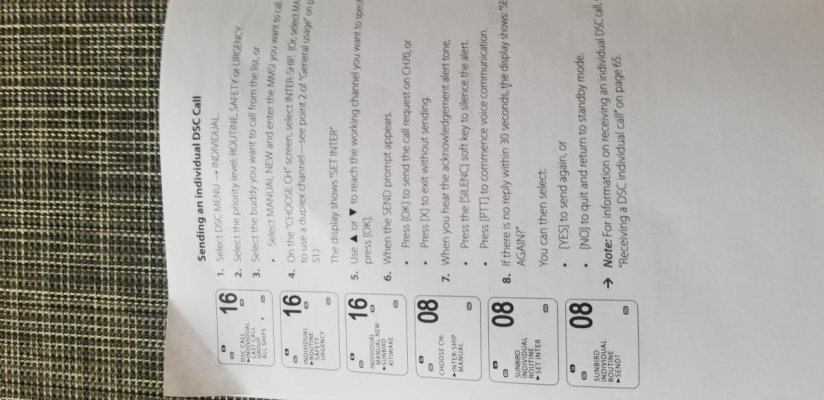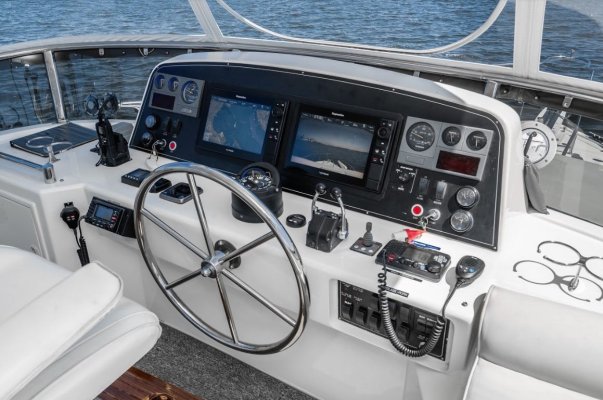Fletcher500
Guru
Even better, AIS allows you to make a DSC call to the vessel -- very handy if they don't respond to their name. And with DSC, if the radio is on, it will beep annoyingly until the DSC call is answered (or at least for a long time). One off shore the military was hailing a cruise ship by name and it took 10 minutes for the cruise ship to respond. Finally, the military vessel was able to direct the cruise ship to alter its course, unfortunately to a collision course with me. I hailed the cruise ship by DSC, received an almost immediate response and quickly resolved the conflict.
I have never used the DSC call feature. The radar displays the other vessels AIS signature with the vessels name on the triangle icon, so its easy enough to hail them. The manual for my VHF to make a DSC call to another vessel lists about 4 different steps to get there. Doesn’t that take extra time? I understand the scenario that you described were you used it, but it seems to me that hailing them by name on 16 is faster? Again, I have not used the DSC call feature so I may be missing something.
Attachments
Last edited:



